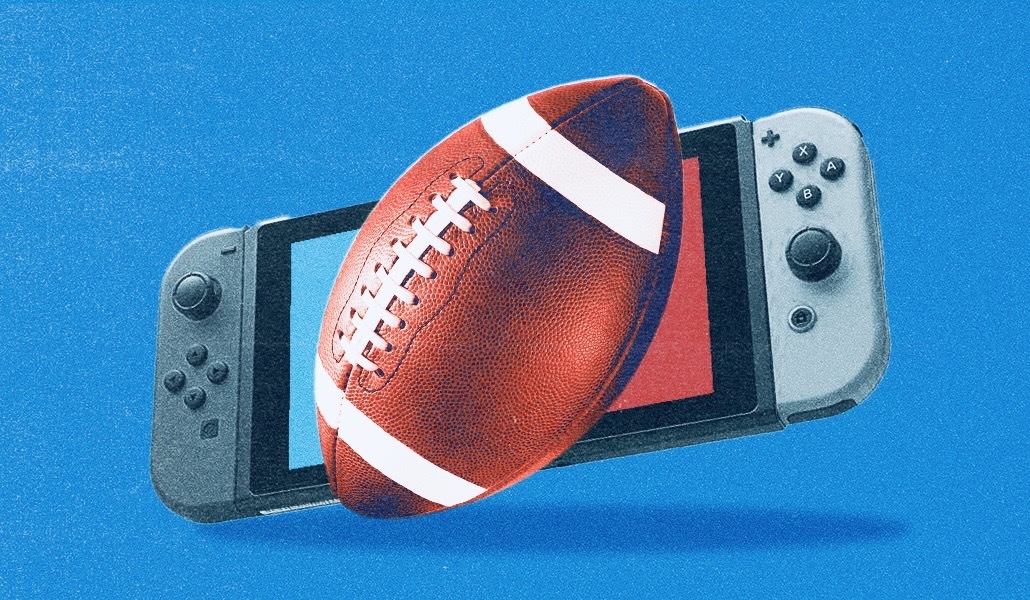Sports
Why live sports could be the ‘killer app’ of the metaverse and a new arena for big brands

As major sports brands step up their presences inside virtual worlds, some observers believe that live sports could help push internet users into the metaverse.
Following the salad days of 2021 and 2022, the hype surrounding the idea of the metaverse has returned to earth. Years after some individuals spent millions of dollars on non-fungible token avatars such as Bored Apes, the number of ways in which these avatars can be practically used remains relatively few, and the metaverse has largely remained the territory of teens, gamers and NFT enthusiasts.
Last week, however, Bored Ape owners were able to attend and watch Major League Baseball games using their avatars in what could be a new metaverse ballpark for brand marketers. For a September 25 game between the Tampa Bay Rays and Detroit Tigers, the sports league officially allowed NFT avatar holders to sit in its virtual stadium — and even stand in the outfield — with Hawk-Eye cameras capturing the in-arena movements of the ball and players and translating them into a real-time virtual display.
Major League Baseball views its digital ballpark as an opportunity for both baseball fans and potential advertisers. Last year, MLB sponsors such as Corona and Mastercard had their branding displayed inside the virtual stadium. After last week’s game, the creators of the virtual stadium believe that the introduction of outside avatars could create more advertising opportunities for interested brands.
“We’ve seen a lot of false starts with brands engaging with developers, because the experiences haven’t been sufficiently fulfilling to justify the attention and energy that fans are going to put in, and therefore they haven’t had the reach, right?” said Herman Narula, the CEO of the tech firm Improbable Worlds Limited, which partnered with MLB to build and operate the virtual stadium. “Because MLB has this as their virtual ballpark, [Bored Apes owner] Yuga Labs on the other side can directly negotiate and engage with brands to come on board.”
For now, MLB’s foray into the metaverse is still an experiment, not a significant revenue stream. Last month, roughly 10,000 unique users participated in at least one event on the platform, according to numbers shared by Improbable, with 1,570 of those users sticking around for at least 30 minutes. MLB sees these numbers as encouraging, though it acknowledges that the opportunity is still dwarfed by the scale of its audience on other platforms.
“This isn’t exactly the highest-profile of our events, but you can see where you can go once you get mass audiences here,” said MLB evp of media and business development Kenny Gersh. “There’s sponsorship opportunities where you can brand things the way you do in a real ballpark; we can start charging tickets the way you do for a game in real life, or it may be part of the MLB.tv subscription.”
Live sports are one of the most popular forms of entertainment out there, so it’s no surprise that thousands of users were interested in watching a live baseball game inside Improbable’s virtual platform. But although other prominent sports brands have invested in their virtual presences over the past year, MLB remains the only one to actually broadcast a virtual, real-time game, in part due to the legal and technical challenges involved.
The NFL, for example, recently partnered with the most popular football experience on Roblox, “Ultimate Football” — but the league hasn’t yet hosted a live virtual game, though it is aware of the possibility and interested in exploring it in the future.
“It’s an area we’re definitely interested in, but there are some technical challenges to doing it within Roblox specifically. Certainly, we could try to build something bespoke, as there are platforms that can do more real-time stuff, in terms of taking volumetric capture like Hawk-Eye,” said NFL vp of video gaming Ed Kiang. “When we think about our gaming experiences, and Roblox specifically, there’s all kinds of KPIs that we might look at as digital marketers, and as a brand. But I have kids — so as a parent, I look at what my kids play.”
Whether or not they implement real-time capture in the near future, it’s clear that major sporting brands are keying into the increasing level of activity and engagement inside metaverse platforms, from MLB’s live virtual games to the US Open’s tennis metaverse.
For now, however, most of these efforts are aimed at gamers and children — not the grown-ups who make up the bulk of the sports audience. Initiatives such as MLB’s virtual games represent a more adult version of sporting events’ metaverse efforts.
“Our goal, from a digital standpoint, is to deliver the tournament to fans all around the world, because not everybody can come out here for these two weeks,” said United States Tennis Association senior director of digital strategy Brian Ryerson. “What we view as the gaming platforms are a great way for the right partner to extend to a new audience.”








